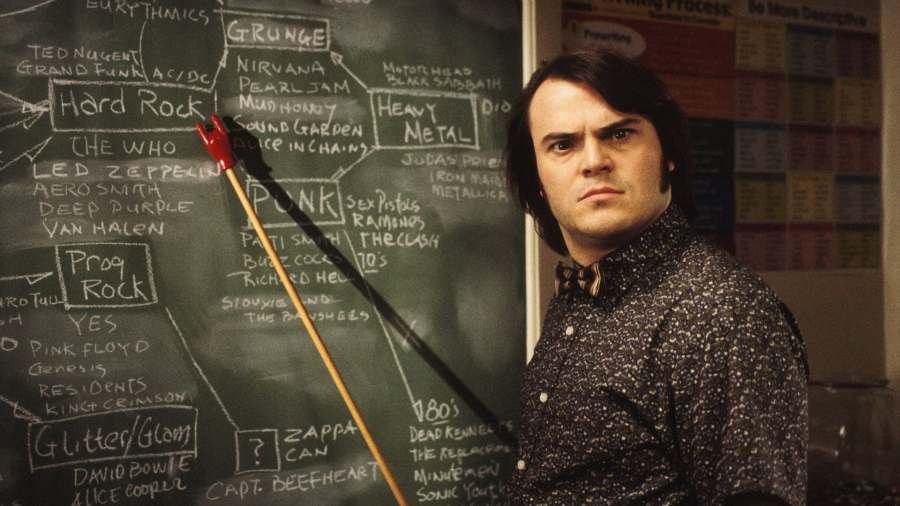Five things to look for in a good KS3 music lesson:
- All students actively involved in making music. Mark Phillips, ex-chief HMI for music, famously stated “If there’s no music in it, it probably isn’t a music lesson.” Whether students are performing, improvising, composing or listening, they need to be engaging with musical content for the majority of every lesson.
- The teacher interacting with students, giving verbal feedback and communicating in sound where appropriate. Think of music as being the same as a target language in MFL. They may be talking with students, or demonstrating musically through playing, singing, using body percussion, or ‘air guitar’ as appropriate.
- The teacher making constant, instant assessments of how individual students are working, and adjusting their learning objectives and their interventions accordingly. These assessments are likely to be purely musical (is the student playing / singing the right notes, in the right rhythm, with expression?).
- Differentiation aplenty – although bear in mind that this may be invisible to the naked eye, and you may need to speak to the teacher about what they’re doing in order to understand the myriad adjustments they are making to deal effectively with more able students, those who are struggling, those who are off task and so on. Much of this differentiation may happen ‘on the hoof’, based on the constant assessment the teacher is making. The teacher will be aware of who has instrumental or vocal tuition, and who participates in extra-curricular music, and will be taking this into account as well.
- Progress that you can hear, not see. Listen to what students are playing, and how they may be interacting with their group. Are they able to play / sing more fluently, more accurately, with greater expression than previously? Can they now play/sing something more complex than they could before?
Five things you may not see in a good KS3 music lesson:
- Written work. Time spent writing is time spent not making music, and besides, you can’t put music in a book any more than you can put a football match in a book. There is a big difference between knowledge about music (Haydn wrote 104 symphonies) and knowledge of music (demonstrating a musical concept through playing, singing, or composing). Knowledge of music should be what KS3 lessons are about.
- An emphasis on key words. Musical terminology is required in order to allow discussion of work. But there is no point in a student knowing that an ostinato is a repeated rhythmic or melodic pattern unless they are going to use one in a piece of practical music-making. If this is the concept that the teacher wishes students to learn, they may do a considerable amount of work introducing it musically before the term is even used.
- Learning objectives on the board, or copied down. A music teacher may be much more open to unexpected outcomes than teachers of many other subjects. This is not a bad thing. Just as much of the differentiation done by the teacher may happen spontaneously, so may the development of the objectives.
- Written feedback. Because music happens in real time, the feedback often does too. Compare learning music with learning hairdressing or bricklaying: you would not expect the feedback given by the teacher to be anything but right here, right now, and related directly to what the student is doing at that moment. The verbal or musical feedback is by far the most effective way to improve students’ work.
- Evidence of progress in books. Do not expect a ‘book look’ to tell you anything about the effectiveness of teaching in music, or the progress that students have made. The teacher may well have a library of recordings (audio and/or video) of students’ work in progress that fulfils that role. Perhaps ask the teacher to show you the work of particular students to hear how their music has developed under tuition.
Do you have any tips for running a great music lesson? Share your tips below.
[Image credit: School of Rock]


















